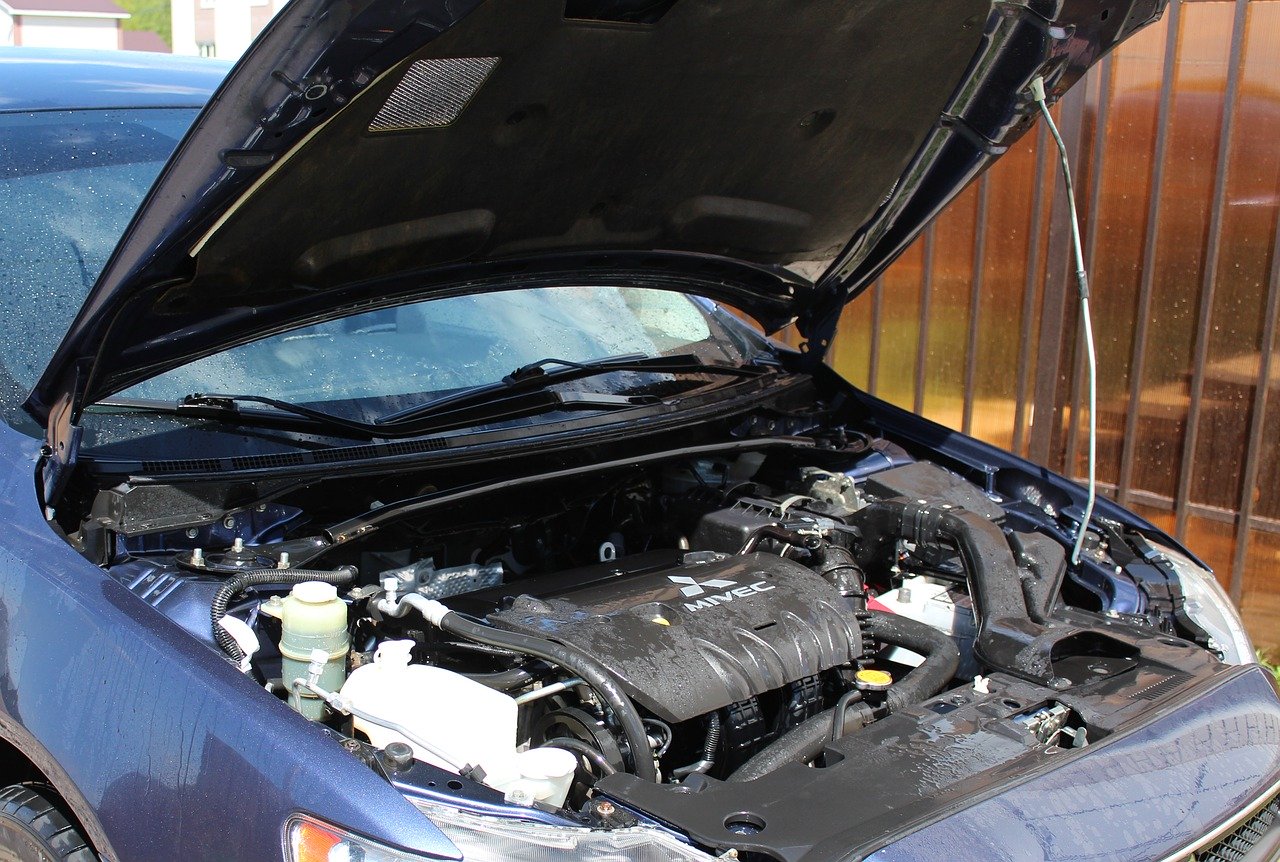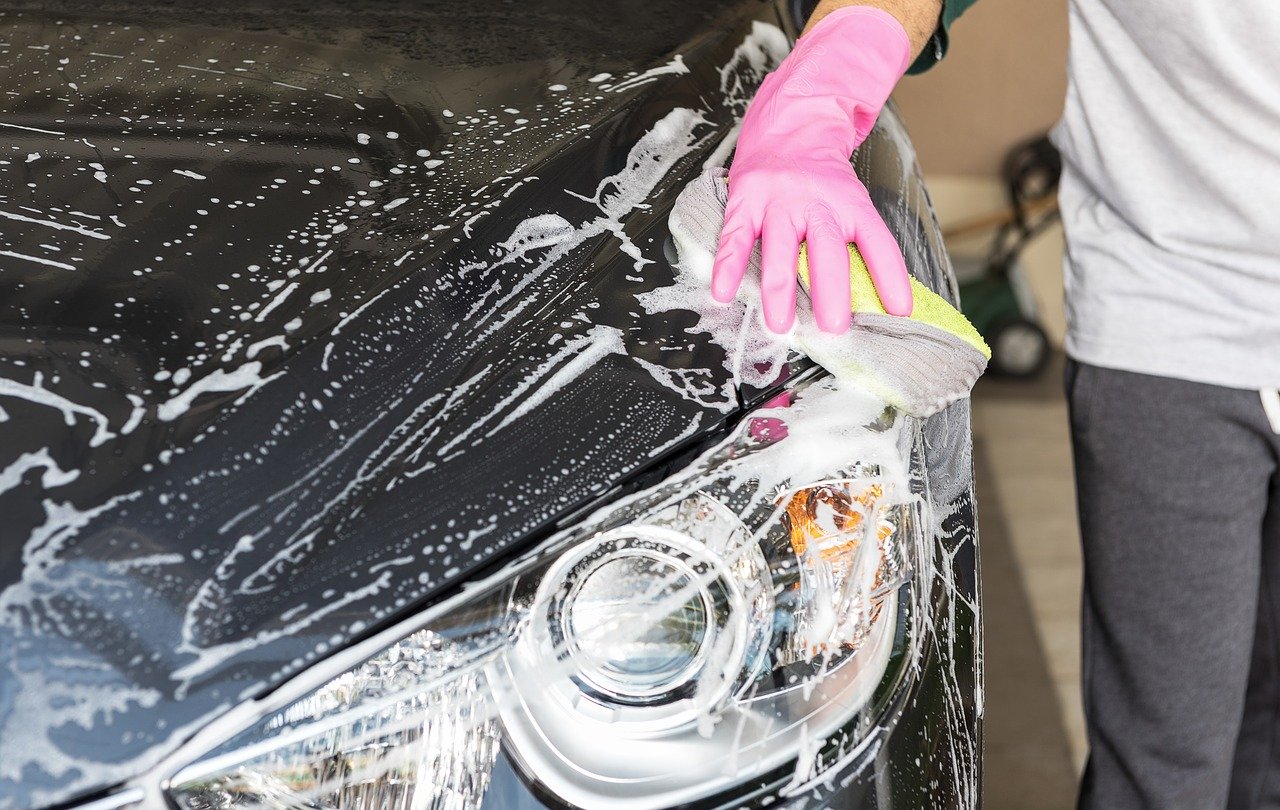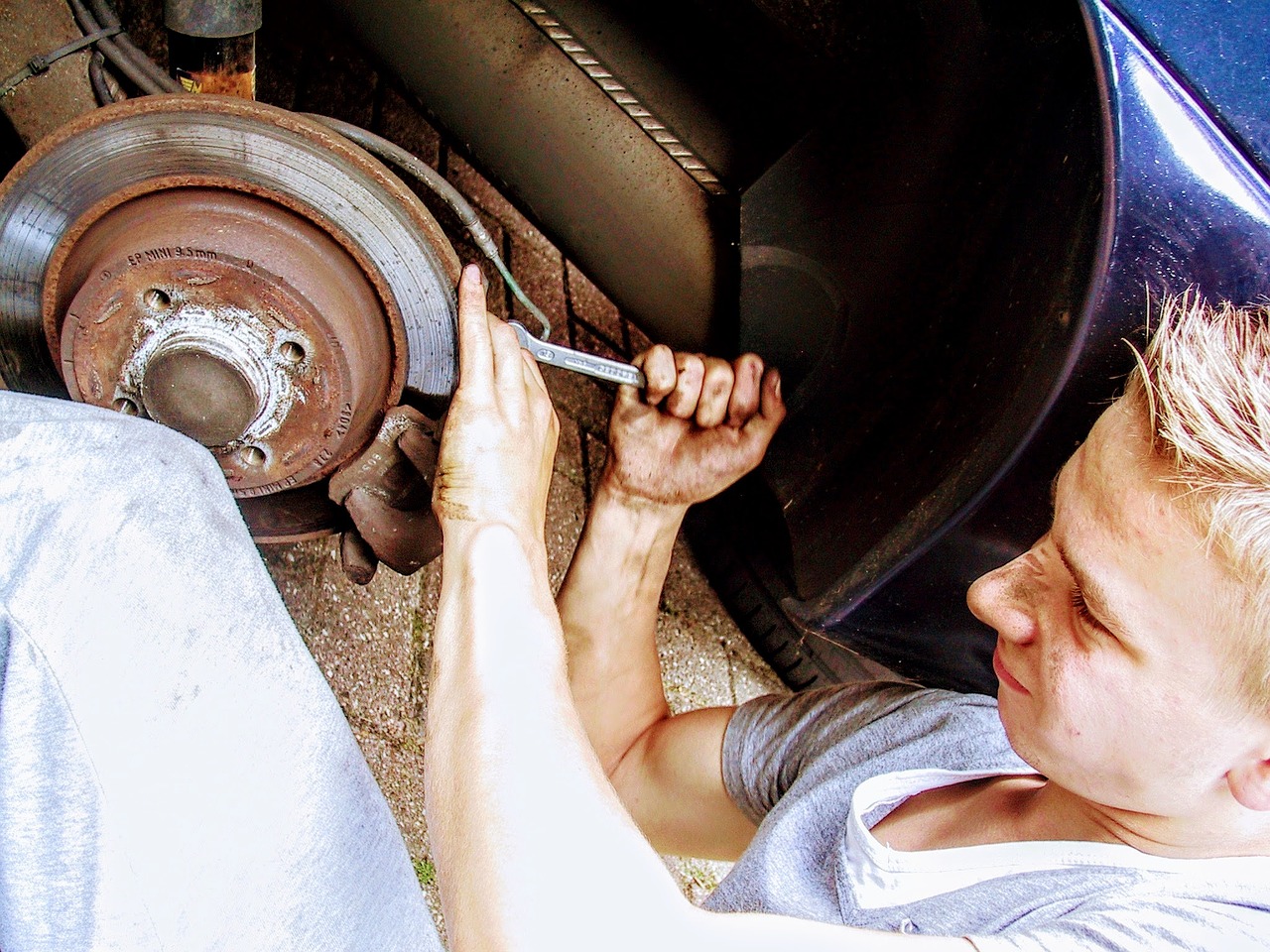People like to say that owning a car is no different from having a child. By that, of course, they imply all the expenses you’ll have to keep the vehicle running. And taking into consideration the price of fuel and similar costs, they might be onto something. But here’s the good news – most of the small fixes and maintenance duties can be easily pulled off without the help of a professional mechanic.
So, let us then take a look at a couple of DIY car maintenance tips that can save you a lot of bucks along the way.
Take care of the vehicle’s fluids

Replacing the fluids can be called “car maintenance 101” and is something that you should definitely start doing yourself sooner than later. Now, the way the fluids are replaced differs from vehicle to vehicle (check the manual for help), but all cars require similar maintenance frequency:
- Motor oil – 5,000 miles for synthetic blends, 3,000 miles for conventional oils.
- Transmission oil – Replace after 30,000 miles or every three years, whichever comes first
- Differential oil – 60,000 miles for synthetic blends, 30,000 for conventional oils
- Coolants – Every three years
- Power steering fluid – 30,000 miles or every three years
Replace the wiper blades
Here is another neat way to save some money. Replacing the windshield wiper blades is so easy there is no need to pay vendors to do that instead of you. You just need to raise the wiper arm from the windshield, keep it into position (be careful, they are spring-loaded), press the stopper and unhook the old wiper blade. Keep in mind, on some models you may need to lower the blade and put it into a skewed position where it can be unhooked. Use the same mechanism to mount the replacement.
Give the vehicle a good wash

When you’re driving your car, the vehicle is picking up a lot of dirt, which is not only an aesthetical issue but can affect visibility and performance as well (e.g., polluting the liquids). So, be sure to gear yourself up with a couple of premium car care products and give your four-wheeled friend a good cleaning. Although the schedule ultimately depends on the current conditions, it is highly recommended never to take breaks longer than:
- Washing – 2 to 3 weeks
- Interior deep cleaning – One month
- Polishing – Three months
- Waxing – Four months
- Clay-baring – Six months
Change the brake pads
As complicated as it may sound, changing the brake pads is really not that hard. So, the things you will need to do are as follows:
- Jack up the vehicle and put it firmly into place.
- Break the lugs on the tires, remove the wheel (it’s just a matter of unscrewing), and remove the brake caliper, so the brake pads can be removed through the top. If you are unable to find it, the caliper is usually located at the 12 o’clock position above the lug bolts.
- Once you remove the bolts from the caliper and put them aside, the brake pads should freely slide out.
- Replace the pads and secure them with the same clips.
- Put everything together in the same way you’ve dismantled it.
Clean the battery
The car battery is the heart, pounding blood through the vehicle. Even the slightest traces of corrosion on the ports can prevent the car from ever starting. So, be quick to react to the first signs of white residue. Fortunately, you just need to remove the battery terminals (the negative goes first and vice versa), find some reliable cleaning fluid (some people say Coca-Cola does the job perfectly fine), apply the cleanser to the posts and clean them with a wire brush. The post should be completely dry before re-hooked.
We hope these tips gave you the final push to show a bigger interest in your vehicle’s maintenance and save a couple of dollars along the way. Cars may be complicated mechanical constructs, but they are only that – mechanical constructs. If you simply invest enough time, you can learn a lot about the basic car systems and how to keep them fit.
